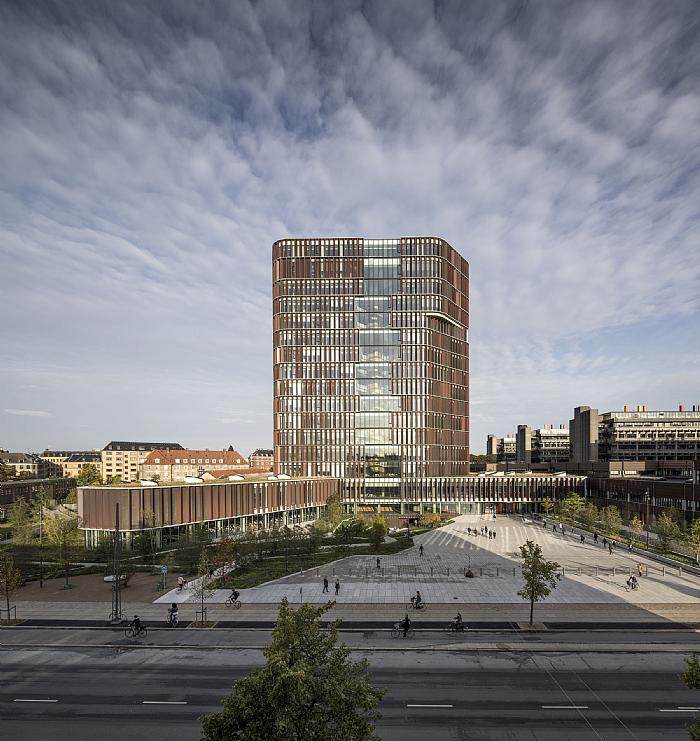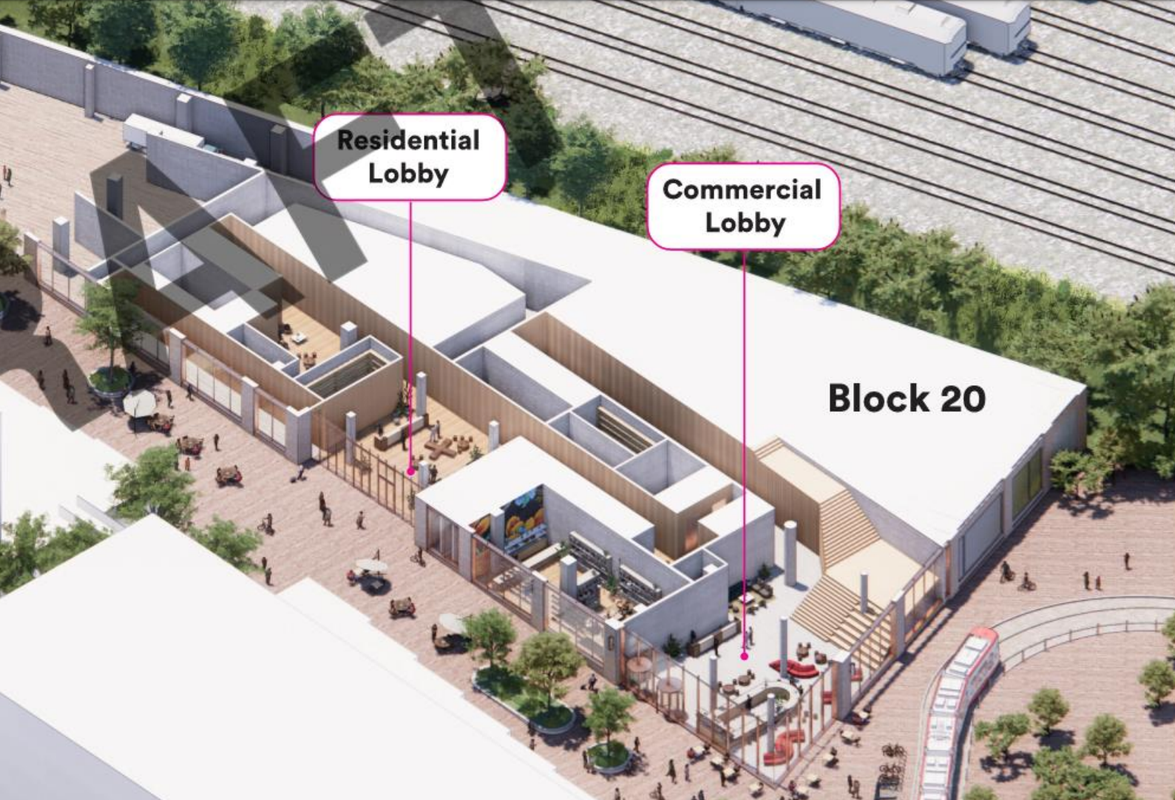hbf92
New Member
Nice. Interesting that the neighbourhood render doesn't show 31R Parliament / 'The Ribbon Building.'
1. Are we certain that the interior image being referred to here is actually in the project? I took a look through the plans and cannot seem to find any terraced seating steps anywhere in the project. There is that large commercial lobby space where they might go and may not be included in the plan, but they would be leading up to residential locker space so that's unlikely. I just can't seem to find what looks like seating steps to a mezzanine in those plans at all.I did a Twitter thread about the planning, and the accessibility expert Thea Kurdi had some interesting comments about the interior architecture that’s shown in the renders:
Exactly. A social space that steps or ramps up from level to level will inevitably exclude people and be uncomfortable for many others. If this condition can be avoided (and usually it can be), it should be.2. . It seems that if we wanted to create public spaces of inclusion in double height spaces, we just wouldn't create tiered seating and steps at all. Not sure if this solves the problem? y.

thanks for finding this out, that's what i thought. couldn't understand where those interiors were in the project. so the conversation about inclusive interior design here is moot.Those interiors aren't even renders... they're pictures of an entirely different project.

Maersk Tower, extension of the Panum complex at the University of Copenhagen
The Maersk Tower is a state-of-the-art research building whose innovative architecture creates the optimum framework for world-class health research.www.cfmoller.com
1. Are we certain that the interior image being referred to here is actually in the project? I took a look through the plans and cannot seem to find any terraced seating steps anywhere in the project. There is that large commercial lobby space where they might go and may not be included in the plan, but they would be leading up to residential locker space so that's unlikely. I just can't seem to find what looks like seating steps to a mezzanine in those plans at all.

